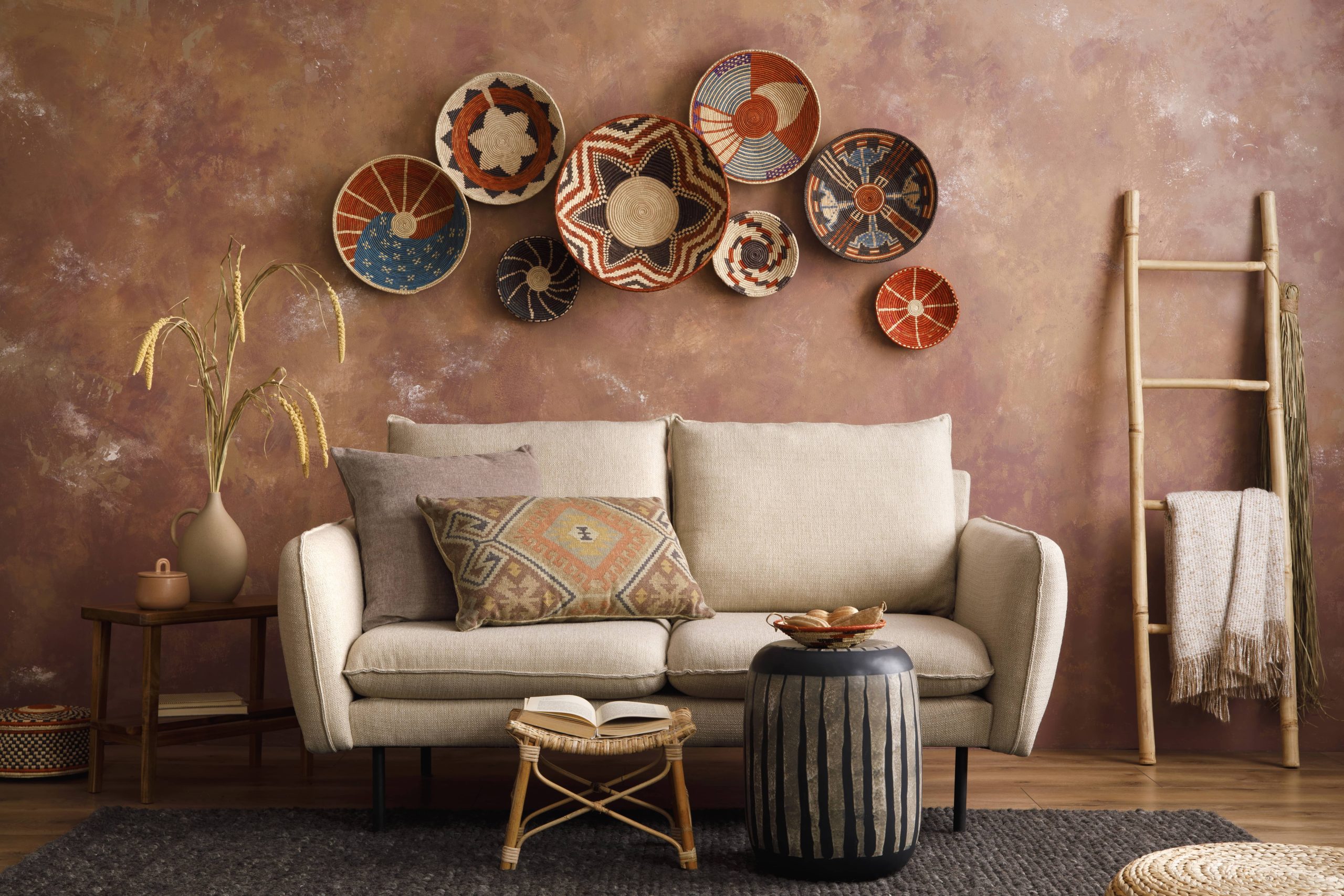
In today’s world, where environmental consciousness is on the rise, eco-friendly materials are making their way into every facet of our lives. From clothing to food, the shift toward sustainability is encouraging people to make decisions that are beneficial for both the planet and their personal well-being. Home décor is no exception. Decorating with eco-friendly materials not only reduces your environmental footprint but also adds natural beauty and warmth to your living space. Let’s explore how you can incorporate eco-friendly elements into your home décor and styling.
Why Choose Eco-Friendly?
Before diving into specific materials, it’s essential to understand the benefits of choosing eco-friendly options:
1. Environmental Conservation: By opting for sustainable materials, you are reducing the demand for nonrenewable resources and minimizing deforestation and pollution.
2. Healthier Living: Eco-friendly products often lack the toxic chemicals found in conventional materials, leading to healthier indoor air quality in your home.
3. Durability and Longevity: Many sustainable materials are incredibly durable. Investing in them can save you money over time as they need to be replaced less frequently.
4. Unique Aesthetic: Eco-friendly materials can bring natural beauty to your home, with unique textures and tones that are not found in man-made materials.
Natural and Recycled Materials
1. Reclaimed Wood: Reclaimed wood brings a rustic charm and history to any space. Whether it’s a dining table, floor, or smaller accessories, the individuality of reclaimed wood lies in its imperfections and story. Plus, using reclaimed wood reduces the need to cut down new trees.
2. Bamboo: As one of the fastest-growing plants, bamboo is a renewable resource that offers versatility—perfect for flooring, furniture, and even fabrics. Its light texture and color add a breezy natural feel to any room.
3. Cork: Harvested from the bark of cork oak trees, cork is sustainable as it doesn’t require the tree’s removal to produce it. Cork is a great insulator, sound absorber, and can be fashioned into flooring, wall tiles, or even decorative pieces.
4. Wool: Opt for wool that is sourced from ethically treated and well-managed sheep farms. Wool brings warmth and a cozy texture to spaces in the form of rugs, throws, and pillows. Wool’s natural properties make it flame resistant and remarkably durable.
5. Hemp: Hemp is another renewable material that grows quickly and requires few resources to cultivate. It can be woven into textiles for drapes, linens, and covers. Its durability and texture make it an excellent sustainable fabric choice.
Eco-Friendly Finishes and Paints
Switching to non-toxic, low-VOCs (volatile organic compounds) paints not only benefits the environment but also the air quality within your home. Consider natural finishes, like beeswax, citrus solvent, and plant oils for furniture, which are less harmful than synthetic varnishes.
Clay Paint: Made from earth-based pigments, clay paints provide a gorgeous matte finish and are non-toxic. They are breathable, naturally regulating humidity and contributing to a healthier indoor environment.
Incorporating Greenery
Plants are a fundamental aspect of eco-friendly décor, enhancing any space with their beauty while purifying the air. Some low-maintenance houseplants include philodendrons, snake plants, and succulents. They can be used in vertical gardens, terrariums, or more traditional pots made from recycled materials. Not only do they bring the essence of nature indoors, but they also thrive when exposed to more sustainable elements.
The Art of Upcycling
Upcycling involves transforming waste materials into new, higher-quality products. Consider creative ways to repurpose old items:
– Old Jars and Bottles: These can become charming vases or storage containers. A dab of eco-friendly paint can give them a new look.
– Furniture: Breathe new life into tired furniture with a fresh coat of non-toxic paint or eco-friendly fabric. Embrace vintage and second-hand finds, as each piece comes with a history that brand new items lack.
Sustainable Furnishings
When selecting larger furnishings, look for options from companies committed to the environment. Furniture made from FSC-certified (Forest Stewardship Council) wood ensures that the wood was sourced sustainably. Many brands now prioritize the use of recycled materials in their products, from metal frames to fabric and foam sourced from plastic bottles.
Lighting Choices
Lighting is essential for setting the mood in your home, and sustainable options abound. Choose LED bulbs or fixtures made from recycled, sustainable materials like paper, cork, or bamboo. Such choices significantly reduce energy consumption while enhancing the unique feel of your space.
Conclusion
Decorating with eco-friendly materials is more than a trend; it’s a commitment to sustainability, health, and beauty in your home. By choosing natural, recycled, and sustainable materials, you imbue your living space with warmth, individuality, and conscience. This approach not only benefits the planet but fosters a nurturing environment within your own walls. As you curate your eco-friendly sanctuary, remember that each step, no matter how small, contributes to a larger impact. Embrace the beauty and creativity of sustainable living, and revel in the serenity it brings to your home.

